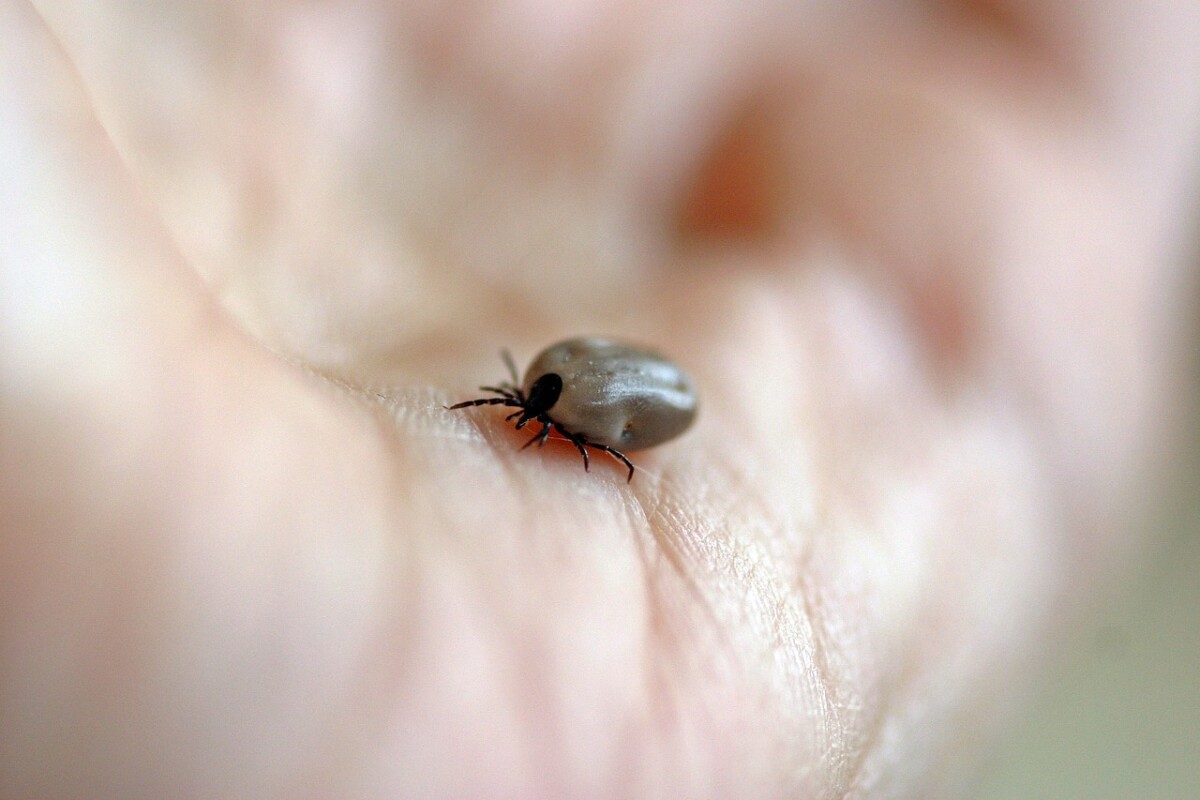Due to the earlier arrival of spring, the appearance of native and newly appeared Hyalomma ticks in Hungary can be expected even earlier than usual this year – the HUN-REN Ecological Center said.
The spring weather affects the host animals of the ticks, including the ticks themselves, which is why both native and imported species may appear earlier in Hungary this year, the announcement said.
The Ecological Research Center launched its Tick Monitoring Program in 2021, the purpose of which is to investigate non-native tick species – especially Hyalomma – appearing in Hungary as a result of climate change. These species are capable of spreading many pathogens, the most notorious of which is the Crimean-Congo hemorrhagic fever virus, which has a fatality rate of up to 30 percent.
With the help of the community research program, over the past three years, hundreds of reports from the public have been received on the ullancsfigyelo.hu portal, and a total of 14 Hyalomma individuals have been collected from different parts of the country. The majority of ticks were found on large mammals. The received Hyalomma ticks are currently being examined, but the Crimean-Congo hemorrhagic fever virus has not been detected in any of the individuals so far.
According to the announcement, from the point of view of monitoring, those individuals that were already identified in the spring months deserve special attention, because this may indicate that the tick did not come to the country with a migratory bird, but overwintered here, or even hatched here.
Hyalomma ticks are larger and faster than the ticks common in Hungary, their shields are of a single color, dark, and their legs are spectacularly banded. Their original habitat is located much south of Hungary, but due to climate change, the climate of Central and Northern Europe is increasingly suitable for them.
As they say, migratory birds do not carry the Crimean-Congo hemorrhagic fever virus, so there is little chance of an infected tick appearing in Hungary.
The researchers continue to ask the public if they believe they have found a Hyalomma specimen, keep it in a well-sealed jar and report it to the researchers. More information on identification and the method of submission is available on the website of www.kullancsfigyelo.hu.
(MTI)


















